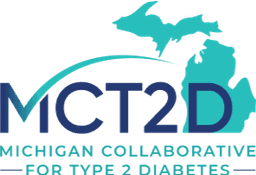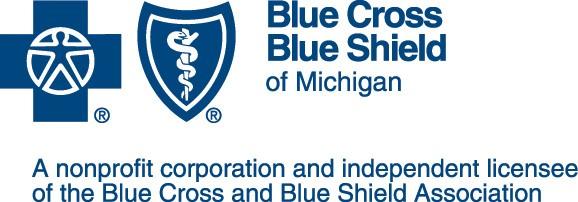ABOUT
SPECIALTY CARE
MCT2D Data Implementation Guide
The information below is intended to provide guidance to POs and providers joining the MCT2D CQI on the data to be submitted as a part of participation in the CQI, as well as how that data will be used. The below guide covers submitting data, data usage, and a data flow diagram, along with the specific data elements needed to be included in CCDA and PPQC data submission.
Submitting Data
MCT2D will leverage existing programs within BCBSM’s Health Information Exchange Initiative to retrieve data that is largely already being submitted by POs to Michigan Health Information Network (MiHIN).Consolidated-Clinical Document Architecture (CCDA) data contains all of the required clinical and other data necessary to determine provider performance, so it is the preferred data exchange option. For practices affiliated with a hospital that is using Epic or Cerner, this ambulatory data is likely already being sent to MiHIN. See Appendix 1 for the types of data submitted via CCDA.Physician Payer Quality Collaborative (PPQC) data can also be used to measure provider performance, though some relevant data elements are not a part of this submission standard. If your EHR is part of the BCBSM Vendor Initiative (AllScripts, NextGen, Triarch, Module MD, Athena), PPQC data is already being submitted and CCDA data will be submitted in the future. If your PO is not currently involved, there are incentives for POs tied to sending PPQC data and participating in the Vendor Initiative. Appendix 2 shows the data elements to be included in PPQC submissions for participation in the MCT2D CQI. For more information about PPQC data, visit the MiHIN web resource page: https://mihin.org/physician-payer-quality-collaborative/For POs already submitting CCDA and/or PPQC data, continue to submit this data to MiHIN following the process within your current agreement with MiHIN, including the fields listed in Appendix 2. POs unable to submit data to MiHIN using one of the above should discuss alternative submission options with MCT2D Coordinating Center.Clinical data submitted to MiHIN will then be shared with the Michigan Data Collaborative (MDC) as described below.
Data Usage
MiHIN will transfer all CCDA and PPQC to MDC, who will aggregate the data in a shared Chronic Disease and Population Health CQI Data Hub. In addition to clinical data submitted by POs, MDC will also receive claims data from BCBSM Commercial and BCBSM Medicare Advantage to further support provider performance analyses. In partnership with the MCT2D Coordinating Center, MDC will develop practice reports and dashboards to deliver back to the POs and physicians participating in the CQI as well as the MCT2D coordinating center to track performance and determine future incentive payments. Measures for incentives will be agreed upon by the MCT2D Steering Committee, composed of participating POs and practices. BCBSM will never receive PO or practice performance on individual measures, and will only see de-identified, aggregated data on collaborative-wide performance including the overall rate of improvement on quality initiative measures, the trend in improvement overtime, and the list of physicians who qualify for value based reimbursement (VBR) based on their performance. The data flow is shown in figure 1 below.At launch, the Chronic Disease and Population Health CQI Data Hub will primarily serve the MCT2D CQI. However, a number of new CQIs with a similar focus on chronic disease and population health are in the development process and will also submit their data to the Data Hub following the same process, contributing to a much larger data repository than an independent CQI would create. This new model for centralizing CQI data aggregation will reduce the data collection burden on participating CQIs as shared elements will not need to be collected separately for each effort. Moreover, CQIs will have a much broader range of data to tap into to drive quality improvement initiatives, and they will be better positioned to partner on initiatives that cross diseases, specialties, and populations in the future.As the Data Hub matures, it will also support the inclusion of information not directly captured in a patient’s chart that may further support partnering CQIs’ quality improvement initiatives. Patient reported outcomes, data from medical devices such as Continuous Glucose Monitors, and patient surveys are all rich sources of information that are critical to understanding patient care in the Chronic Disease and Population Health space. When possible, feeds from these types of data sources will be automated to reduce the manual collection and abstraction burden on POs and practices.

Appendix 1: Data to include in CCDA data submissions to MiHIN
CCDAs contain a wide set of data sourced from the EMR including:
- Demographics like patient identifiers, date of birth and race
- Vital signs include blood pressure, height, weight and BMI
- Lab results including but not limited to A1c, eGFR (Estimated Glomerular Filtration Rates), Creatinine, and Quantitative Urine Albumin Lab results
- Medications
- Social History includes social determinants of health information and smoking status
- Discharge information
- Problems including chronic conditions
Appendix 2: Required and preferred data elements in PPQC data submissions to MiHIN
All-Payer Supplemental File Format (Excel File) is available for download on the MiHIN web set. Access it via the link below in the Quality Measure Information section:


